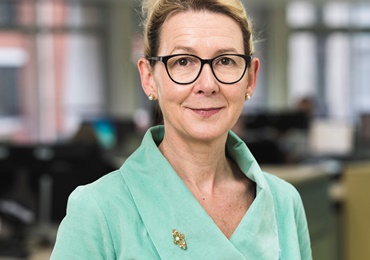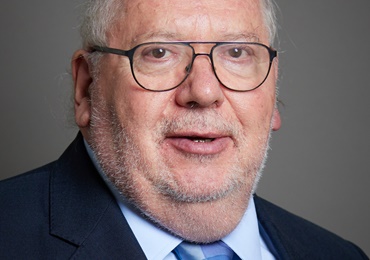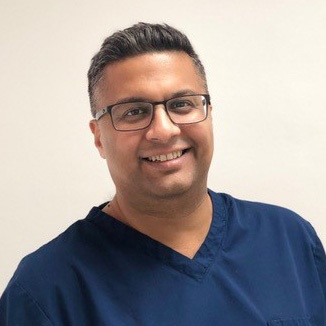The Staircase of a Tooth: A Restorative Philosophy for a New Era
A Shift in the Clinical Journey
Dentistry is changing. For years, the conversation has centred on techniques, materials, and aesthetic revolutions. But the real transformation isn’t just about what we do—it’s about where we place our focus, and whether we act on what we should do versus what we realistically could do.
For decades, I’ve explained prevention to patients using a simple metaphor: the staircase of a tooth.
The Staircase of a Tooth
Imagine a tooth born at the top of a staircase.
Every intervention—no matter how precise—moves it one step down.
Our role? To keep that tooth as close to the top as possible.
Yes, restorations can be beautiful. The anatomy, occlusion, and morphology may be textbook-perfect. But biology is relentless: every filling will eventually need replacing, often with something more complex.
Traditionally, dentistry has thrived at the bottom of the staircase—specialists, aesthetic practitioners, advanced restorative experts. The complicated work is celebrated. Yet for 30 years, I’ve worked in the healing space, striving to push teeth back up the stairs.
Should vs Could
Here’s the tension we must acknowledge:
- The "Should": University research, NICE guidelines, and decades of evidence all tell us prevention works. For example, NICE’s 2004 guidance recommended that healthy patients could safely be recalled at intervals of up to two years. This was common sense, evidence‑based, and designed to reduce unnecessary interventions.
- The "Could": In reality, general dental practice is shaped by business models, NHS contracts, patient expectations, and time pressures. Despite NICE guidance being part of NHS contracts since 2006, the two‑year recall for healthy patients is still not consistently embedded in practice. The “could” is constrained by systemic and financial realities, even when the “should” is clear.
This gap between should and could is where dentistry must evolve.
The New Restorative Journey
The shift is not only technological—it’s philosophical.
- Educating patients that bleeding gums are not “normal,” but a call to action.
- Helping them see how stress, exams, parenthood, or burnout directly affect oral health, giving them the tools on what to do and when.
- Encouraging self-driven habits, like rinsing at lunch, because patients understand the benefit.
- Healing and monitoring enamel lesions so that, after initial treatment, patients can be managed by the wider dental team—freeing dentists to focus on complex care.
Emerging tools are accelerating this journey:
- AI diagnostics can highlight early changes in oral hygiene, making prevention visible.
- Haptic simulation allows clinicians to rehearse procedures before performing them.
- AI monitoring can even flag when life circumstances may be impacting self-care.
This is not just innovation—it’s a redefinition of success.
Redefining Failure
When I qualified, failure meant extraction. Today, failure is preventable intervention—a filling that could have been avoided if early decay or gingival inflammation had been recognised as signs of imbalance in the oral biome.
Our challenge is to push failure up the stairs.
To redefine ourselves not only as fixers, but as protectors.
A Call to Action
This philosophy must be embedded across systems, teams, and patient conversations.
- Champion ethically staged treatment.
- Show all dental health team members that prevention is not only safe, but sustainable, profitable, and rewarding.
- Build partnerships that communicate clearly, train effectively, and empower clinicians to act with confidence.
Because the future of dentistry does not lie at the bottom of the staircase.
It lies at the top.
Let’s climb.
 eGDC
eGDC















